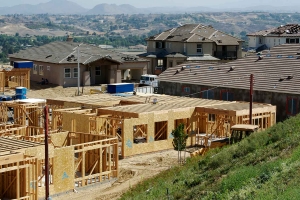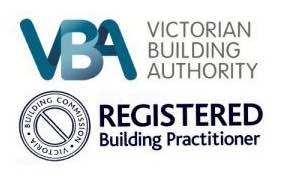Navigating Challenges: 5J Building Group Reveals Key Considerations When Building on Low-Lying Land Introduction:
Building a home on low-lying land presents unique challenges that require a thoughtful and strategic approach. 5J Building Group, a pioneering force in construction technology, recognizes the importance of addressing specific considerations to ensure the success and sustainability of building projects in such areas. In this article, we will explore the insights provided by 5J Building Group on the crucial aspects that demand special attention when undertaking construction on low-lying land.
Comprehensive Site Analysis:
5J Building Group emphasizes the significance of conducting a thorough site analysis before commencing any construction on low-lying land. This includes assessing soil composition, drainage patterns, and potential water table fluctuations. Understanding the specific characteristics of the site lays the foundation for informed decision-making throughout the construction process.
Effective Drainage Solutions:
Low-lying areas are prone to water accumulation, making proper drainage solutions paramount. 5J Building Group leverages cutting-edge technology to design and implement effective drainage systems tailored to the unique challenges presented by low-lying land. This not only prevents waterlogging but also safeguards the structural integrity of the building over time.
Elevated Foundation Design:
To mitigate the risk of flooding or water damage, 5J Building Group recommends an elevated foundation design. Utilizing advanced engineering solutions, they emphasize the importance of raising the building above the potential water level, safeguarding it against adverse weather conditions and reducing the risk of water infiltration.
Sustainable Construction Practices:
With a commitment to sustainable building practices, 5J Building Group advocates for eco-friendly construction materials and methods. This not only aligns with environmental responsibility but also ensures that the building remains resilient in the face of natural challenges. Sustainable construction practices contribute to long-term durability and minimize the environmental impact of the construction process.
Regulatory Compliance and Permits:
Navigating through regulatory requirements is crucial when building on low-lying land, and 5J Building Group understands the importance of compliance. They emphasize the need for obtaining the necessary permits and adhering to local building codes and regulations. This not only ensures the safety of the structure but also helps prevent potential legal complications in the future.
Investment in Technology:
As a technology-driven construction entity, 5J Building Group encourages the integration of innovative solutions to address challenges specific to low-lying land. This includes the use of advanced surveying tools, 3D modeling, and real-time monitoring systems to enhance accuracy in planning, execution, and ongoing maintenance.
Conclusion:
Building on low-lying land demands a meticulous approach and a keen understanding of the unique challenges posed by such environments. 5J Building Group, with its focus on construction technology and innovation, provides invaluable insights into the key considerations that can make or break a project in these areas. By emphasizing comprehensive site analysis, effective drainage solutions, elevated foundation design, sustainable practices, regulatory compliance, and technological integration, 5J Building Group equips homeowners and builders with the knowledge and tools necessary to navigate the complexities of low-lying land construction successfully. With their expertise, building on challenging terrains transforms from a potential obstacle to an opportunity for resilient, sustainable, and innovative construction.







